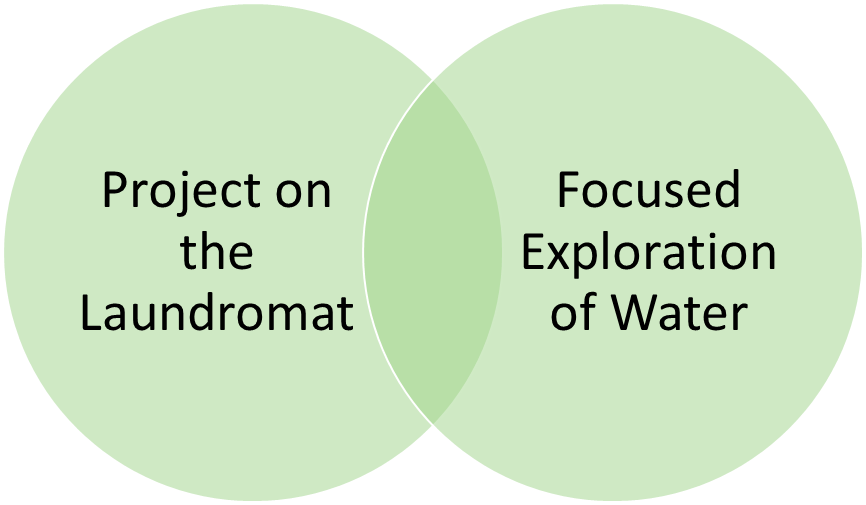Once teachers have identified a high-interest topic for a new project, they are often unsure how to get started. Should they identify the content they hope children will learn from the investigation and then plan lessons that will help focus the children’s investigation on this content (i.e., focused exploration), or should their cues for planning stem from the children’s questions (i.e., Project Approach)? In this blog, we’ll explore the differences between the Project Approach and focused explorations as well as how the two methods can overlap and intersect.
The goal of the Project Approach is to involve the children in child-initiated research. In project work, the teacher’s main goal is to support the children in an investigation that engages them in using intellectual processes, such as analyzing, hypothesizing, theorizing, and predicting, as they investigate to find answers to their questions. The teacher may have goals for individual children or the group as a whole, but these goals typically relate to children’s ability to use tools for investigation and/or to work as a member of a team.
Throughout the course of a project a teacher continues to respond to questions initiated by the children. Consequently, as the children learn more about the topic, the focus of the project or topic may shift in response to their curiosity. For example, in my classroom experience, a project on fruits and vegetables evolved into a project on the grocery store, a project on an aquarium broadened to a project on the pet store, while a project on the farm narrowed to a project on grain bins. Learning the right answers to questions about content evolves as a byproduct of the investigation.
In contrast to the Project Approach, in a focused exploration the teacher identifies the content she wants the children to learn and then plans a series of experiences that will help the children explore the content first-hand. For example, in a focused exploration of water, a teacher might provide children with opportunities to use droppers to explore surface tension, turkey basters in the water table to explore the impact of air pressure on water, and clear plastic tubing to explore the impact of air pressure and gravity on the flow of water.
In a focused exploration the teacher also might take advantage of strategies for observation and discussion used in the Project Approach. For example, the teacher might ask the children to represent their observations of water through drawing, discussion, or movement. During a project on the Laundromat, children might also end up exploring the impact of air pressure and gravity on water depending on the aspects of the Laundromat that interest them (e.g., How does the water travel to the washers? How does the water leave the washing machine?). In this case, the Project Approach and a focused exploration would overlap (see Figure 1).

Does this mean that a project and a focused exploration of a science topic cannot coexist or overlap? No! In fact, depending on the project topic, there may be many opportunities for the teacher to initiate related science explorations. However, it is also important to remember that the Project Approach is not the whole curriculum. A project on cows and a focused exploration of water can easily coexist separately in the same classroom (see Figure 2).

In summary, a focused exploration, whether it is an exploration of science, social studies, or other content areas, can overlap with a project, or it may coexist as a separate part of the curriculum.

Sallee Beneke
Sallee (BenekeSalleeJ@sau.edu) is Professor and Director of Graduate Programs in ECE at St Ambrose University, Iowa. She coauthored The Project Approach for All Learners (2019) with Michaelene Ostrosky and Lilian Katz. Sallee used the Project Approach as a teacher and has worked to build the implementation of the approach via training and consulting. Sallee co-founded the IEL Project Approach Web site, and Facebook page with Lilian Katz, and she continues to contribute to the site.
Biography current as of 2021


